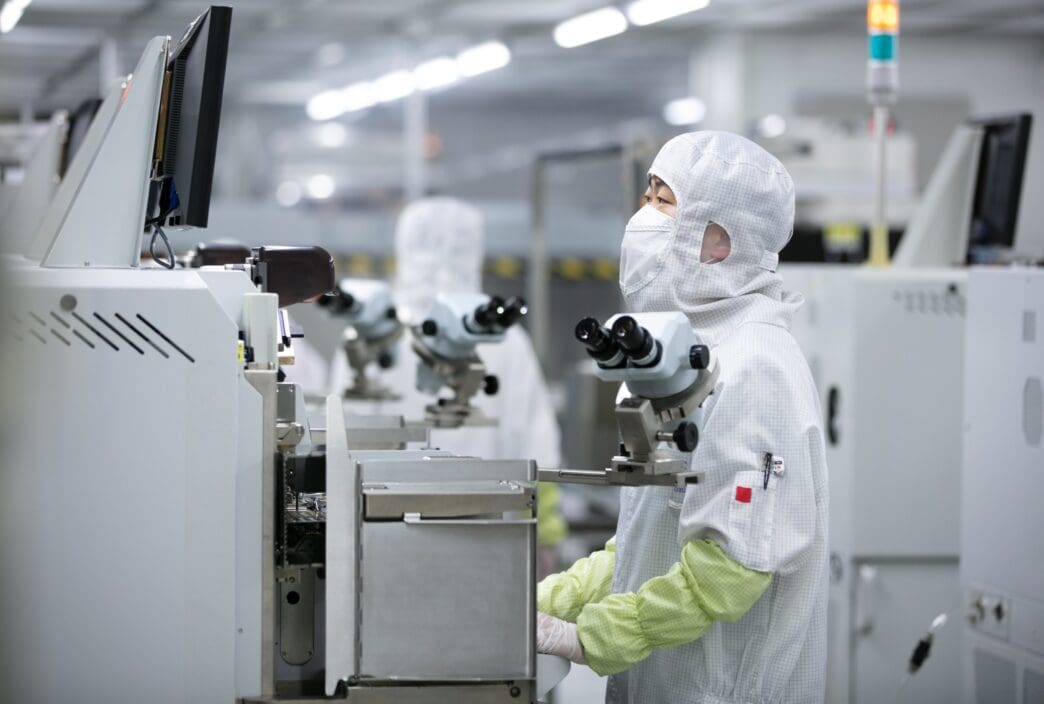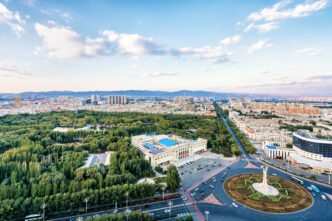Executive Summary
The Story So Far
Why This Matters
Who Thinks What?
China is currently drafting its 15th five-year plan, a comprehensive blueprint that will prioritize scientific and technological advancement, with an explicit goal of achieving global leadership by 2035. This strategic push comes as the nation identifies the next half-decade as crucial for breakthroughs, particularly in critical sectors like semiconductors and artificial intelligence, where international competition and US-led export restrictions pose significant challenges.
Context of the Five-Year Plan
The 15th five-year plan represents the latest in a series of national blueprints that have guided China’s development for over seven decades. Its focus on science and technology underscores Beijing’s ambition to transform the country into a leading innovation hub.
Officials view the upcoming five-year period as a decisive window for achieving significant advancements. This strategy aims to solidify China’s position in key technological domains amidst a complex geopolitical landscape.
Recent Progress and Challenges
Reporting on the ongoing 14th five-year plan (2021-2025) on September 18, Minister of Science and Technology Yin Hejun highlighted substantial progress. National research and development investment has reportedly surged by 48 percent compared to 2020, and China maintains the world’s largest number of researchers.
The country has also climbed to 10th place in the Global Innovation Index and has led the world for five consecutive years in high-impact international journal publications and patent applications. These metrics indicate a robust growth trajectory in scientific output.
While China has achieved front-runner status in areas such as space exploration, 5G technology, and new energy, the semiconductor and artificial intelligence sectors remain significant hurdles. These areas are described as key battlegrounds, particularly due to US-led export curbs that restrict China’s access to advanced chip manufacturing technologies.
Strategic Outlook
As China prepares its next five-year plan, the emphasis on scientific and technological self-reliance and global leadership is clear. The plan seeks to navigate intensifying international competition and address vulnerabilities in strategic industries through sustained investment and talent cultivation.








